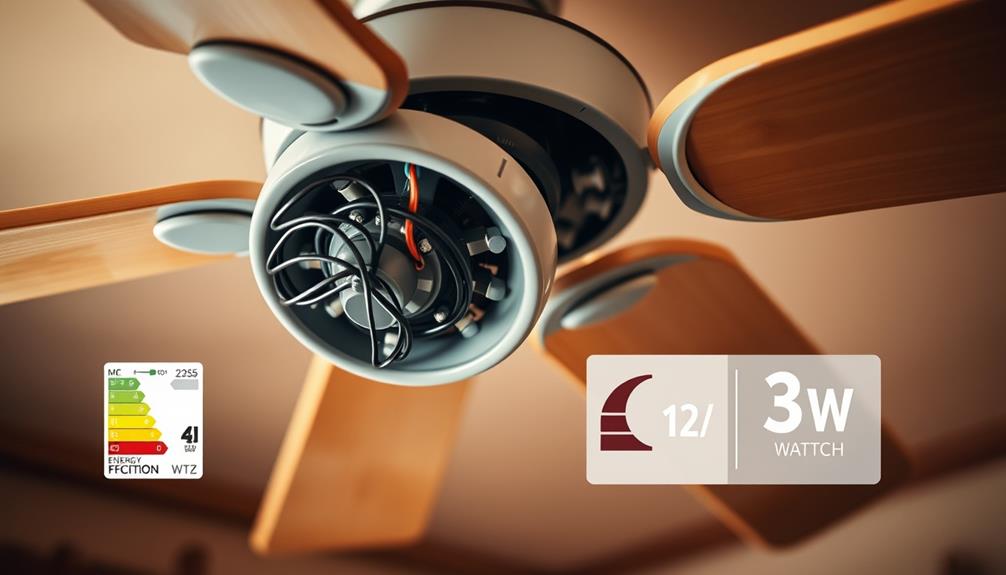Biophilic design invites you to bring natural elements like indoor plants and ample natural light into your space. These features improve air quality, reduce stress, and create a calming environment that boosts your mood and productivity. Incorporating greenery and sunlight helps you feel more connected to nature while supporting your mental and physical health. If you want to discover how to transform your space into a health-enhancing sanctuary, keep exploring these innovative design ideas.
Key Takeaways
- Incorporate indoor plants like ferns, pothos, and succulents to enhance air quality and aesthetic appeal.
- Maximize natural lighting through large windows and skylights to support circadian rhythms and mood.
- Use greenery and natural textures to create calming, tranquil indoor environments.
- Combine plants with natural light to promote relaxation, focus, and overall well-being.
- Support sustainable practices by choosing low-maintenance, eco-friendly indoor plants in biophilic design.

Have you ever wondered how incorporating natural elements into built environments can boost your well-being? When you bring nature indoors through biophilic design, you’re not just decorating; you’re creating a space that nurtures your mind and body. Two of the most effective ways to achieve this are by integrating indoor plants and maximizing natural lighting. These elements work together to transform your environment into a calming, invigorating haven.
Indoor plants are more than just aesthetic accents. They improve air quality by filtering toxins and releasing oxygen, making your indoor air fresher and healthier. As you tend to these plants, you may notice reduced stress and enhanced mood. Whether it’s a lush fern on your desk, a vibrant pothos trailing from a shelf, or a small succulent on your windowsill, each plant connects you to nature and creates a sense of tranquility. They also add texture and color, softening harsh lines of modern architecture and making your space feel more inviting. The presence of greenery has been shown to lower blood pressure and decrease anxiety, so surrounding yourself with indoor plants is a simple yet powerful way to support your mental health. Additionally, choosing sustainable plants and practices can help reduce environmental impacts associated with traditional plant care.
Indoor plants improve air quality, reduce stress, and add tranquility to your space.
Natural lighting plays a *crucial* role in biophilic design because it influences your circadian rhythms, mood, and productivity. When you design your space to maximize natural light, you’re *essentially* syncing your environment with the natural day-night cycle. Large windows, skylights, and open layouts allow sunlight to flood your rooms, creating a warm, welcoming atmosphere. The benefits go beyond aesthetics; natural light reduces eye strain and improves sleep quality. It also helps your body produce vitamin D, *essential* for bone health and immune function. Incorporating natural lighting is not just about brightness; it’s about creating a dynamic environment that changes with the time of day, providing you with a sense of connection to the outside world even when you’re indoors. Being mindful of air quality and environmental impacts can further enhance the benefits of natural lighting and indoor comfort.
Together, indoor plants and natural lighting do more than beautify your space—they actively support your well-being. By thoughtfully integrating these elements, you create a harmonious environment that promotes relaxation, focus, and *significantly* vitality. Embracing biophilic design means you’re making a conscious choice to connect with nature daily, which can *significantly* improve your physical and mental health. So, whether you’re working, relaxing, or entertaining, let nature be a central part of your indoor experience. It’s a simple step that can profoundly impact how you feel and how your space functions, turning any environment into a sanctuary of health and harmony.
Frequently Asked Questions
How Does Biophilic Design Improve Mental Health?
Biophilic design improves your mental health by strengthening your nature connection and reducing stress. When you incorporate natural elements like plants, daylight, and natural materials into your space, you feel calmer and more relaxed. This connection to nature helps lower cortisol levels and eases anxiety, making you feel more centered and focused. As a result, your overall well-being and mental resilience get a significant boost, promoting a healthier, happier mindset.
What Are Cost-Effective Ways to Incorporate Biophilic Elements?
Did you know that adding greenery can boost productivity by 15%? To incorporate biophilic elements cost-effectively, try DIY projects like creating small plant displays or using budget-friendly plants like pothos or snake plants. You can repurpose containers or hang planters to save money. These simple steps make your space more natural, affordable, and revitalizing, all while supporting your well-being without breaking the bank.
Can Biophilic Design Be Implemented in Small Spaces?
Yes, you can implement biophilic design in small spaces by using compact layouts that maximize your area. Incorporate multifunctional greenery like wall-mounted planters or hanging gardens to save space while adding natural elements. Choose versatile plants that thrive indoors and require minimal maintenance. By thoughtfully arranging these elements, you create a calming, natural environment without sacrificing valuable square footage, making your small space feel larger and more inviting.
How Does Biophilic Design Impact Energy Efficiency?
Like a gust of fresh air, biophilic design boosts energy efficiency by maximizing natural ventilation and daylight optimization. You’ll use less energy on artificial lighting and climate control, helping the environment and your wallet. Natural ventilation keeps your space cool without AC, while large windows and skylights let sunlight flood in, reducing the need for electric lighting. Embracing nature indoors makes your space both sustainable and inviting.
Are There Specific Plants Recommended for Indoor Biophilic Spaces?
You should choose indoor plant selection that features low maintenance greenery, making it easy to care for without much effort. Popular options include snake plants, pothos, and zz plants, which thrive in indoor environments and require minimal watering and light. These plants not only enhance your space’s aesthetic but also improve air quality, creating a calming, natural atmosphere that supports biophilic design principles.
Conclusion
Embrace biophilic design and transform your space into a lush sanctuary, even if it means channeling your inner Leonardo da Vinci to sketch out those greenery ideas. By bringing nature indoors, you create a more calming, inspiring environment that boosts your well-being. Remember, in this modern jungle, a touch of the natural world can feel like stepping into a secret garden. So go ahead—your indoor Eden awaits, and it’s just a few plants away!










